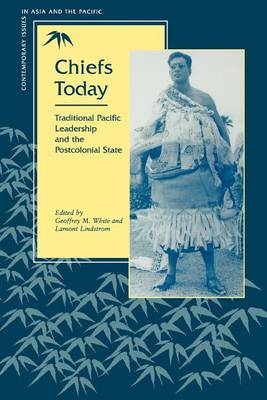Thirty-five years after the first new Pacific states gained their independence, traditional leaders remain important political actors throughout the region. The political environs of the South Pacific, freshly populated with presidents, prime ministers, members of parliament, and local judiciary officers, are also increasingly crowded with newly visible chiefs. Far from being premodern relics, the chiefs who operate within modern Pacific states today figure significantly in attempts to fashion national identities and manage the direction of political and economic development. This volume presents detailed analyses of the accommodations between chiefs and states in thirteen Pacific societies. In some states, traditional perquisites and political authority have overlapped so that the state is a contemporary form of chiefdom. Elsewhere, chiefs operate as a mechanism of local accommodation to centralized state authority, facilitating state operations in the local community. In still other states, local chiefs have risen up against central authority, leading their communities in opposition to the state and its deprecations.
In each case, the chief is a focus for cultural struggle in the border zones of local, national, and transnational politics.
- ISBN10 0804728518
- ISBN13 9780804728515
- Publish Date 31 August 2009 (first published 1 February 1998)
- Publish Status Active
- Out of Print 15 June 2021
- Publish Country US
- Imprint Stanford University Press
- Format Paperback
- Pages 368
- Language English
